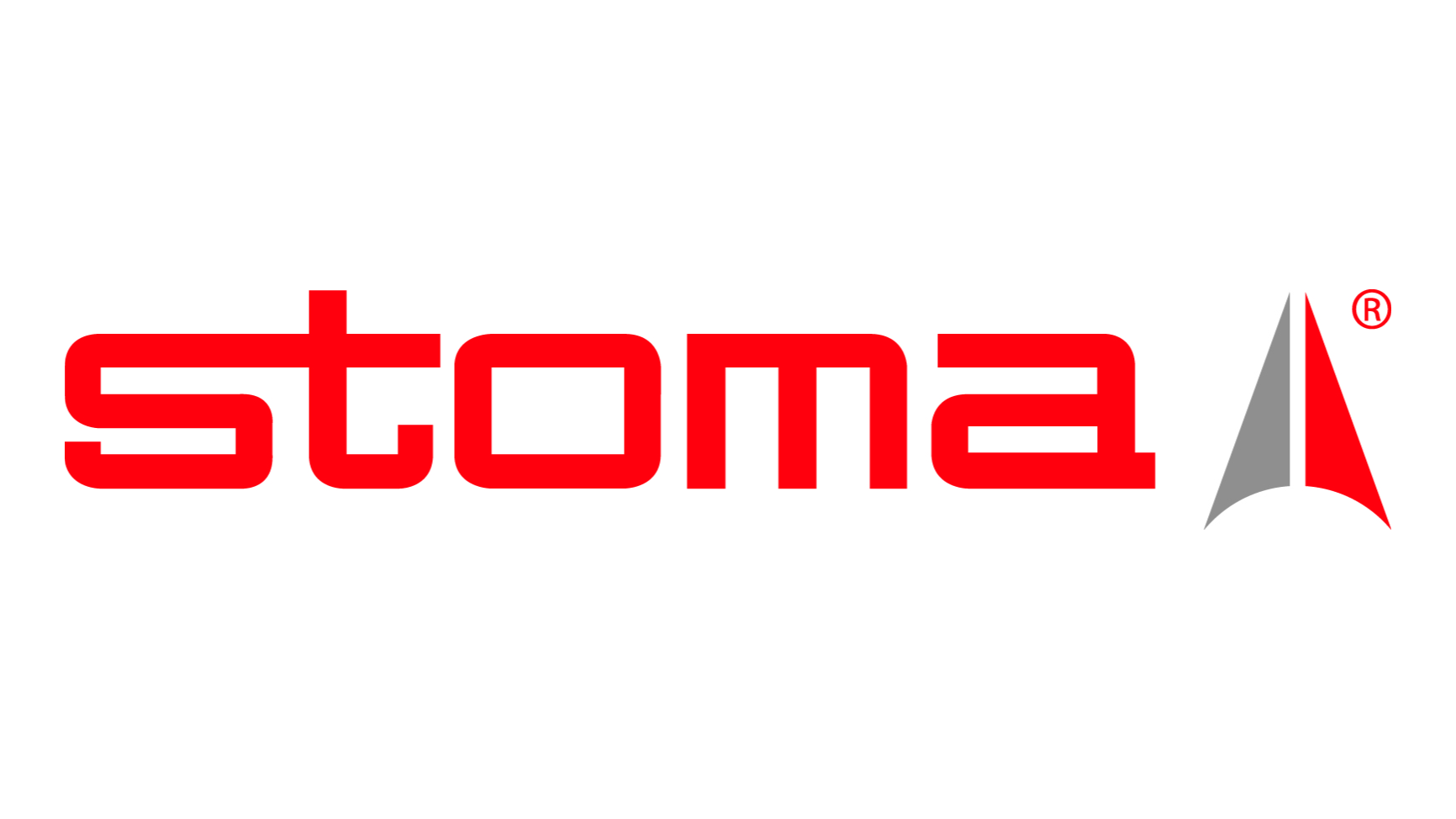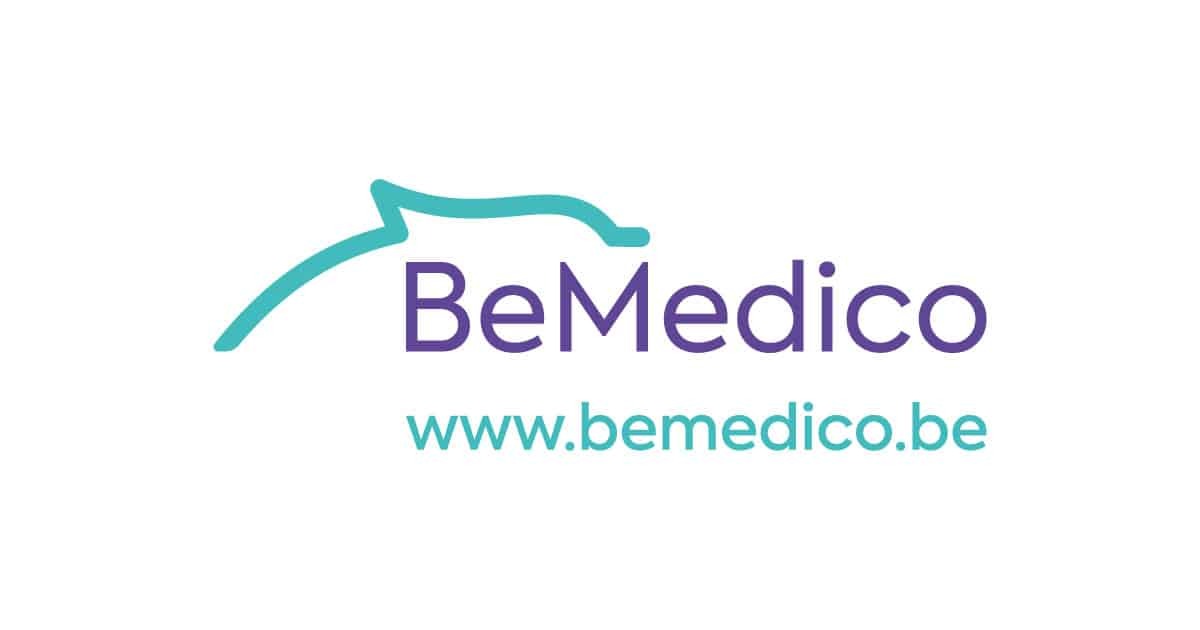History
More info about our history.
Intro
Founded in the early 1904 as "Société Belge de Stomatologie", our society knew a rough start by being limited to oral surgery only as the so called "stomatology" was not recognized as a medical specialty until 1956. In the following years, the society advocated intensively to expand the scope of maxillofacial surgery in Belgium, which resulted in 1973 in a change of name to “The Royal Belgian Society of Stomatology and Maxillo-Facial Surgery”. Due to the unified advocacy of both our professional association (VBS-GBS) and our scientific association (Royal Belgian Society), it was decided to merge both organisations and hence create in 2023 our most recent "Belgian Society of Oral & Maxillofacial Surgery - Head & Neck".

The early founding years (1900 - 1972)
We extend our heartfelt appreciation to the primary authors of this summary, Prof. Dr. Eric Fossion and Dr. Edmond Lahy.
1830-1928: The Medical Dominance
From the country's independence in 1830 until 1928, Belgian law stipulated that medical doctors (MDs) were the sole practitioners permitted to provide medical care. This included the treatment of the oral cavity and teeth by stomatologists, who were MDs with one to two years of additional dental training.
In the final quarter of the 19th century, the dental profession began to shape itself worldwide, establishing shortened university courses and a separate professional status. But in Belgium, to underscore the medical identity, "la Société Odontologique des docteurs en médecine de Belgique" was founded in 1900. It evolved into the "Société Belge de Stomatologie" in 1904, and its publication later became "Acta Stomatologica Belgica."
1905-1928: The Birth of a Dental Specialization
Starting in 1905, universities initiated stomatology teaching through specialized "Stomatology clinics" but did not acknowledge it as a distinct specialty.
In 1928, mirroring changes in neighboring countries, Belgium introduced specific shortened dental training. Graduates could pursue Dentistry with 2 years of training following either a basic 3-year Medicine program or a full medical degree. The latter would earn the title of Stomatologist. The "Diploma of Dentistry" legally restricted dental practice to those with this specific qualification.
Despite these changes, the doubly qualified Belgian Stomatologists (MD + DDS) remained free to practice dentistry, orthodontics, and oral surgery, although major surgery was reserved for medical specialists in fields like General Surgery and ENT.
1956 Onward: Stomatology as a Recognized Specialty
In 1956, Stomatology was acknowledged as a recognized medical specialty, based on the dual degree MD + DDS and a two-year postgraduate specialist training.
From that point, advanced training in countries such as France, Germany, Switzerland, Austria, and the USA became meaningful. Soon, a new generation of maxillofacial surgeons joined stomatologists in reoriented oral & maxillofacial surgery clinics, closely collaborating yet distinct from dental departments.
A Milestone Event
A pivotal moment in the field came with the organization of the European Colloquium of Stomatology and Maxillo-Facial Surgery in Brussels on April 24, 1972. This event showcased the broad scope of maxillofacial surgery to neighboring specialties and politicians. Participants included distinguished French, German, and Belgian professors, and notably, Prof. H. Obwegeser himself.
This rich history highlights the dynamic evolution and complexity of the stomatology and dental professions in Belgium, reflecting both global trends and local particularities.

The golden age of the Royal Belgian Society of Oral and Maxillofacial Surgery (1973-2023)
1973-1975: Formation and Recognition
In 1973, the Belgian Society was rebranded as “The Royal Belgian Society of Oral (Stomatology) and Maxillo-Facial Surgery.” To commemorate its 75th anniversary, an International Congress was organized in May 1975, featuring esteemed contributors from each Belgian university, including P. Berger, A. Reychler, P. Delfosse, R. Bullens, R. Peiffer, Professors H. Brabant, R. Mayer, M. Bossuyt, R. Douniau, and R. De Wilde.
Late 20th Century: Emphasizing Training and Collaboration
To highlight the importance of maxillofacial surgery within the stomatology specialty, numerous trainees were encouraged to rotate between university departments and advanced regional centers, both within Belgium and abroad. Beginning in the late seventies, a new wave of oral & maxillofacial surgeons significantly improved the specialty in quality and diversity.
Throughout the latter part of the 20th century, leaders from both the Belgian Professional (VBS-GBS) and Scientific Associations (RBSOMFS) succeeded in creating a “unified” specialty bridging dental and medical faculties, adjacent and growing specialties, and regional divisions within Flanders, Wallonia, Brussels, and across Europe (UEMS).
Growth and Expansion: 1956-Present
The specialty grew from approximately 30 stomatologists in 1956 to around 120 in 1980, with over half practicing major surgery in about 15 maxillofacial centers. Today, some 250 maxillofacial surgeons are active in Belgium, distributed across 8 university hospitals and approximately 20 major regional departments. Every year, 10 to 15 new specialists are recognized.
The RBSOMFS holds two annual scientific meetings, inviting guest lecturers from Europe and beyond. As a bilingual society (French and Dutch-speaking), the presidency and directory board rotate nominations biennially between academic and non-academic positions.
2000: Centennial Celebration
In 2000, the Centennial of the Royal Belgian Society of Stomatology and Maxillo-Facial Surgery was celebrated, featuring an invited speaker from each Western European country to cover all aspects of the extensive specialty.
International Collaboration and Influence
The policy of sending maxillofacial trainees to premier centers throughout Europe and the USA proved beneficial, fostering strong connections with international scientific societies. By the late eighties, Belgian maxillo-facial surgeons began gaining international recognition in various fields, including oral surgery, traumatology, orthognathic surgery, temporo-mandibular joint, salivary glands, congenital deformities, craniofacial surgery, esthetic surgery, oncologic and reconstructive surgery, 3D imaging, and 3D reconstruction. Many actively contributed to teaching, congresses, and major events at national, European, and global levels.
EACMFS Participation
From the founding congress of EACMFS in 1972, Belgian Maxillo-Facial Surgeons actively participated in all EACMFS congresses and workshops. Belgium hosted two prestigious EACMFS congresses under the presidencies of R. Peiffer in 1990 (Brussels) and M. Mommaerts in 2010 (Bruges), witnessing remarkable growth in participation.
Conclusion
The evolution of maxillo-facial surgery in Belgium is a story of growth, collaboration, and international influence. From its establishment to its expansion into a multifaceted specialty, Belgian oral, maxillofacial and head and neck surgery has become a significant presence on the international stage, contributing extensively to various aspects of the field.












